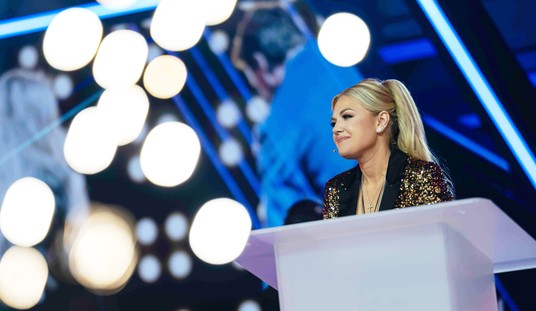The NY Times just apologized last week for what some considered a fawning interview with a Nazi-sympathizer. In their mea culpa, the Times wrote that they weren’t trying to “normalize” Nazi-sympathizers and that they had “agonized” over the tone of the piece. Wednesday, the Times published a piece in the style section on Antifa’s fashion sense which suggests the paper is still struggling with finding the right tone. Titled “What to wear to smash the state” the piece is one part style guide, one part history lesson and no part agonizing over Antifa’s illegal, often violent behavior. After describing the black bloc uniform, the NY Times quotes an author from an anarchist news service:
“Everyone quickly figured out,” Mr. Young wrote, that “having a massive group of people all dressed the same with their faces covered not only helps in defending against the police, but also makes it easier for saboteurs to take the offensive against storefronts, banks and any other material symbols and power centers of capitalism and the state.”
Yeah for saboteurs! But that’s just the equivalent of local color, right? It’s not the NY times advocating this just some anarchist. But a few paragraphs later that line becomes blurrier.
The creation of mass anonymity protects practitioners from the threat of post-action doxxing by white supremacist groups, a process by which their identities and contact information, including addresses and places of employment, are publicized. People at home can use this information to harass and threaten. Similarly, police and other agencies have staff devoted to documenting demonstrations, and they work to identify people on film and video. These are among the reasons that some anarchists and anti-fascists advocate smashing cameras at demonstrations.
This mostly sounds descriptive, i.e. here’s why anarchists do what they do. But by the time we get to anarchists smashing cameras, you begin to feel that maybe someone should be saying ‘Hold on a minute here.’ In fact, if you follow that link it’s to an article about Antifa beating up photographers, but none of that concern makes it back into the piece itself. In fact, it seems to gradually become a how-to guide for successful rioting:
There is more practical advice on how to dress for a riot. One should decide on organic or synthetic gloves before participating in an action: Wool and cotton may allow chemical contaminants, like pepper spray, to absorb, while nylon can melt if you grab something hot, which historically has included some kinds of tear-gas canisters but can include various things on fire.
One Antifa “fashion don’t” is carrying cellphones. The American Civil Liberties Union reports that 72 agencies in 24 states and Washington, D.C., have “simulators” that mimic cellphone towers in order to track people.
These defensive methods work only if there are enough black-clad others nearby. A single person in all black and multiple face masks is an eye grabber. This effect of anonymity-by-mass has allowed for the offensive side of bloc tactics to flourish. The uniformity camouflages those who participate in illegal acts like property damage, refusing police orders or physical assault against white supremacists or Nazis. This willful protection of the group is embedded in the style’s aesthetic.
Again, there’s really no pushback at all to the idea of people using this disguise specifically to break the law, evade the police, and beat up people. The Times just sort of goes along with all of it as if there’s no possibility any of these things could become problematic.
Instead of a word of caution at the close of the piece, we get an artist named Min who raves about the feeling of solidarity she has when joining the black bloc. “It was like a goth party,” she tells the NY Times. She adds, “There’s a difference between me helping you because I know you and care about you, and me helping you because I want you to be helped.” No doubt there are many violent, anonymous groups who could say the same but usually, the paper quoting them would try to offer some sense of perspective. We don’t get that here.
https://www.youtube.com/watch?v=M_P5Jj_h4XY








Join the conversation as a VIP Member